Styrofoam, is a widely used material for packaging and insulation, Understanding how long does it take for styrofoam to decompose and the factors influencing this process is crucial for developing effective waste management strategies and reducing environmental pollution.
What is Styrofoam?
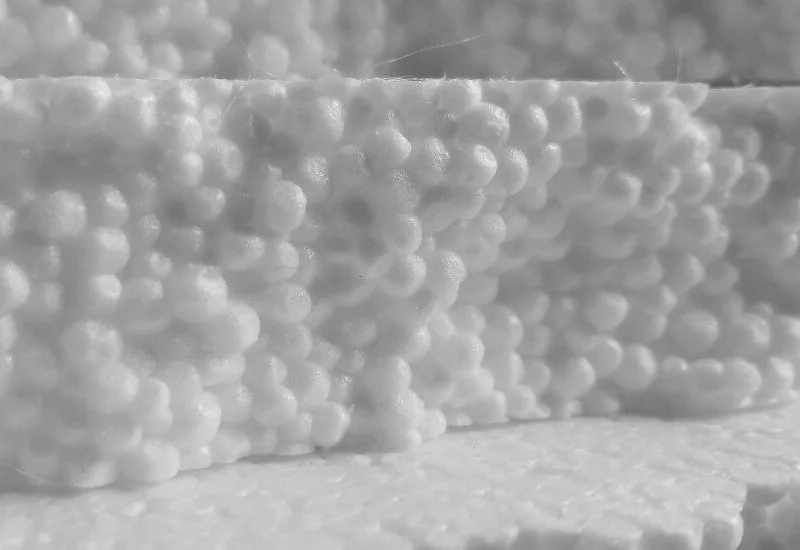
To understand how long does it take for styrofoam to decompose, first understand Styrofoam.
Styrofoam is a brand name for a type of expanded polystyrene (EPS) foam. Composed primarily of polystyrene, a petroleum-based plastic, Styrofoam is known for its lightweight, insulating properties. Developed in the 1940s by Dow Chemical Company, it has since become ubiquitous in packaging, construction, and various consumer products due to its versatility and cost-effectiveness.
Composition of Styrofoam
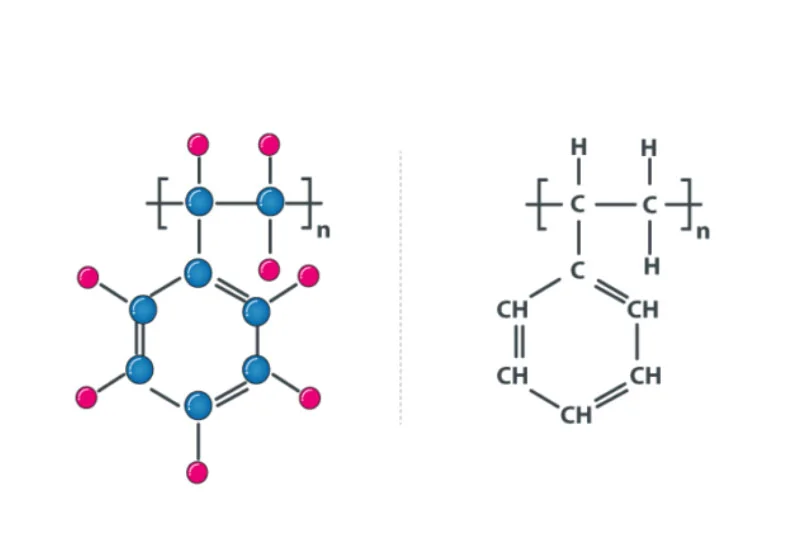
Chemical Structure of Styrofoam
Knowing Composition, we have a general direction for the question how long does it take for styrofoam to decompose
Polystyrene Properties
Polystyrene, the primary component of Styrofoam, is a synthetic aromatic hydrocarbon polymer made from the monomer styrene. Its chemical structure gives it rigidity and thermal insulation properties but also contributes to its resistance to environmental degradation.
Additives in Styrofoam
Styrofoam often contains additives to enhance its properties, such as flame retardants, colorants, and other chemicals that can complicate recycling and further hinder biodegradation.
How Long Does It Take for Styrofoam to Decompose
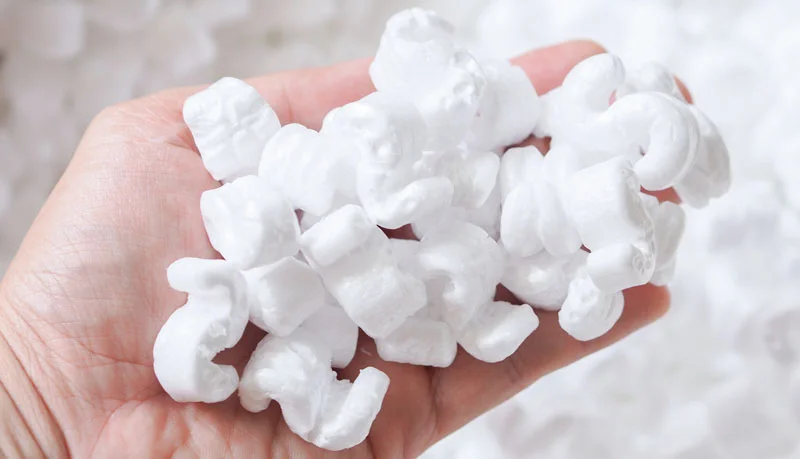
Factors Affecting Decomposition Rate
Environmental Conditions:
Temperature, humidity, and exposure to sunlight (UV radiation) significantly influence the decomposition of Styrofoam. Higher temperatures and UV exposure can accelerate the breakdown process.
Physical State:
Smaller pieces of Styrofoam decompose faster than larger, intact pieces due to a larger surface area exposed to environmental factors.
Presence of Microorganisms:
Some microorganisms have been found to degrade Styrofoam, but this process is very slow and not widespread.
Additives:
The presence of certain chemicals in Styrofoam can either accelerate or retard its decomposition.
Comparison with Other Materials
Plastic Bags: Decompose in about 10-20 years.
Aluminum Cans: It takes about 200-500 years to decompose.
Glass Bottles: It can take up to 1 million years to decompose.
Styrofoam: The most commonly cited estimates range from 500 to 1,000 years.
Organic Materials: Such as food waste and paper, decompose within weeks to months.
Estimated Decomposition Timeline
Styrofoam can take hundreds to thousands of years to decompose completely. Estimates range from 500 years to an indefinite period, as it does not break down easily under natural conditions.
The Process of Styrofoam Decomposition
Styrofoam, or expanded polystyrene (EPS), decomposes very slowly due to its chemical and physical properties. The decomposition process involves several stages and mechanisms, primarily physical breakdown and chemical degradation, with minimal biological involvement. Here’s a detailed look at these processes:
Physical Breakdown
Fragmentation:
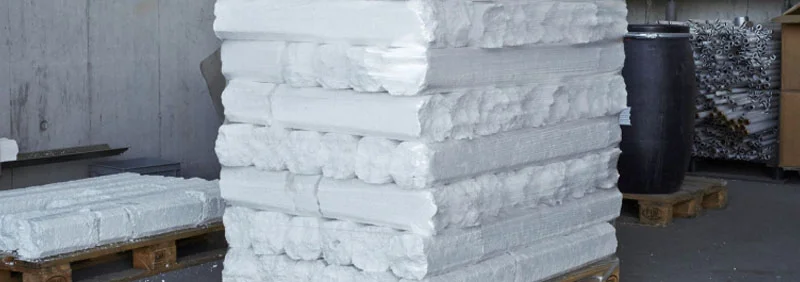
Mechanical Forces: Wind, water, and physical abrasion can break Styrofoam into smaller pieces over time. This process is purely physical and doesn’t chemically alter the material.
Microplastics: Over time, these smaller pieces can become microplastics, which are tiny particles that persist in the environment and pose significant ecological risks.
Photodegradation:
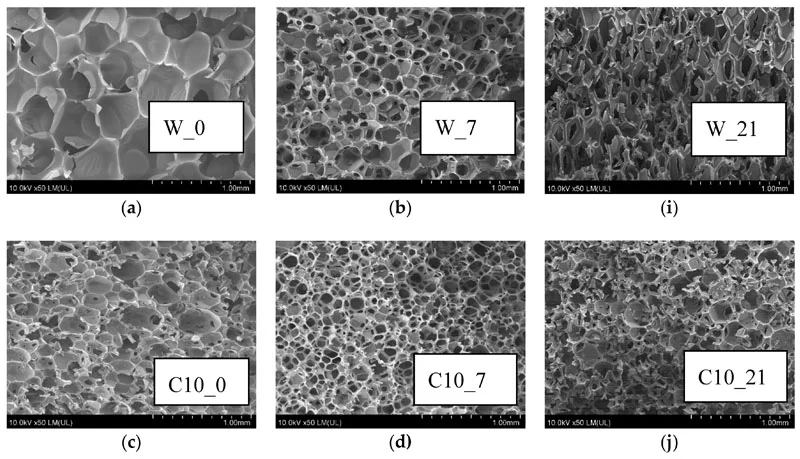
UV Radiation: Exposure to ultraviolet (UV) light from the sun causes the surface of Styrofoam to become brittle and break down into smaller pieces. This process, known as photodegradation, involves the breaking of chemical bonds in the polymer due to UV exposure. However, photodegradation is a very slow process and only affects the surface layer exposed to sunlight.
Chemical Degradation
Oxidation:
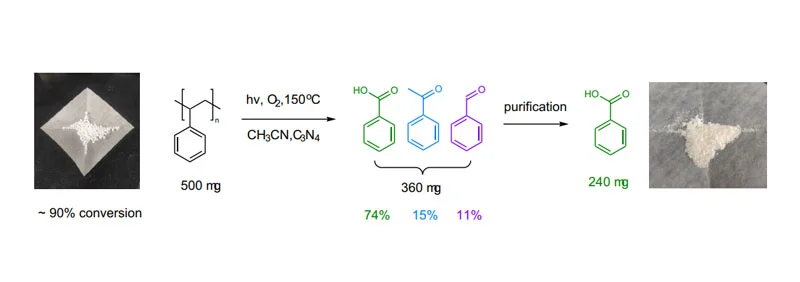
Exposure to Oxygen: Over long periods, oxygen can cause the polymer chains in Styrofoam to oxidize, leading to the breakdown of these chains into smaller molecules. This process is extremely slow and not significant in most natural environments.
Thermal Decomposition:
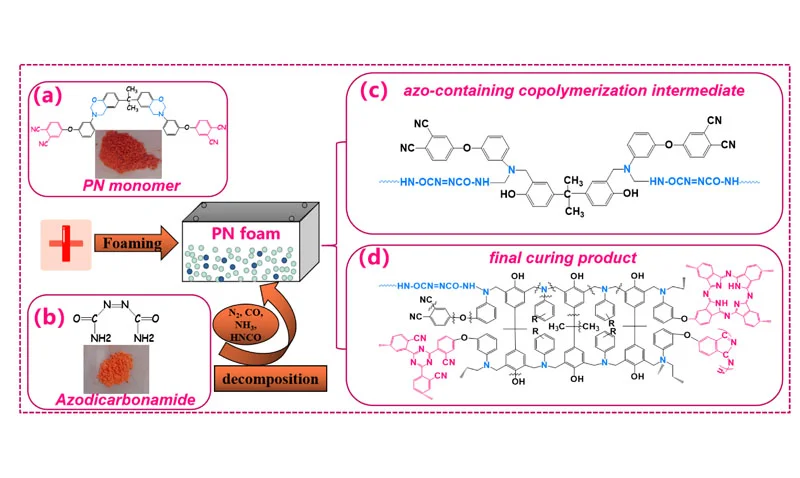
High Temperatures: At high temperatures, such as those found in industrial processes, Styrofoam can undergo thermal decomposition, breaking down into its constituent monomers and other byproducts. This is not a natural process and requires controlled conditions.
Biological Degradation
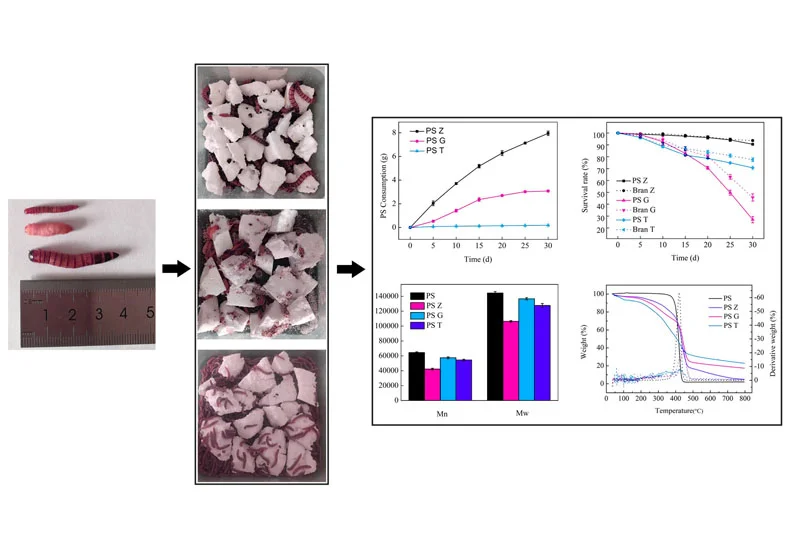
Microbial Degradation:
Bacteria and Fungi: Certain bacteria and fungi have been found to have the potential to degrade polystyrene, but this process is very limited and slow. For example, some strains of the bacterium Pseudomonas putida can break down styrene, a monomer of polystyrene. However, the degradation rate is minimal and ineffective on a large scale.
Enzymatic Breakdown:
Research on Enzymes: Scientists investigate specific enzymes that can break down polystyrene. While promising, this research is still in its early stages, and practical applications for large-scale decomposition are not yet available.
Summary
How long does it take a styrofoam cup to decompose, Styrofoam decomposes through a combination of physical, chemical, and biological processes, all of which are extremely slow. Physical fragmentation and photodegradation can break Styrofoam into smaller pieces, but these fragments remain environmentally persistent as microplastics.
Chemical degradation processes like oxidation and thermal decomposition require specific conditions and are not significant in natural environments. Biological degradation by microorganisms is limited and inefficient on a large scale. Overall, the decomposition of Styrofoam can take hundreds to thousands of years, making it a major environmental pollutant.
Does Styrofoam Decompose and Can Styrofoam Decompose
Regarding the question of how long for styrofoam to decompose, we can make the following understanding through the above key points.
Styrofoam does not decompose in the traditional sense but can undergo physical breakdown:
Oxidation:
Oxygen can react with polystyrene, leading to oxidative degradation. This process is slow and often requires high temperatures and prolonged exposure to air.
Chemical Treatment:
Some chemical treatments and solvents can break down polystyrene. For example, certain organic solvents can dissolve Styrofoam, but this method is not practical for large-scale decomposition.
Role of Microorganisms
Microorganisms play a limited role in the decomposition of Styrofoam:
Bacteria and Fungi:
Some bacteria and fungi have shown the ability to degrade polystyrene, but this process is not efficient or widespread. Research is ongoing to identify and enhance microbial strains that can effectively decompose Styrofoam.
Enzymatic Action:
Enzymes secreted by certain microorganisms can break down polystyrene, but this process is typically slow and requires specific conditions.
Conclusion
While Styrofoam can undergo physical and chemical breakdown under certain conditions, it does not decompose in the traditional sense. Its resistance to natural degradation means it persists in the environment for hundreds of years, posing significant environmental challenges. Efforts to enhance microbial degradation and develop biodegradable alternatives are crucial for mitigating the impact of Styrofoam on the environment.
Recycling and Disposal of Styrofoam
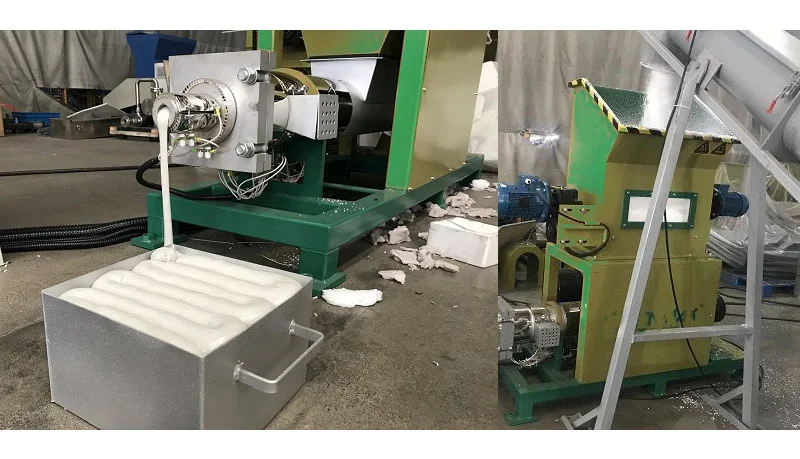
Styrofoam, also known as expanded polystyrene (EPS), poses significant challenges when it comes to recycling and disposal. Faced with the question of how long does it take for styrofoam to decompose, recycling is more meaningful. Here are some methods for recycling and disposal:
Recycling:
While Styrofoam can be recycled, the process is not as common or widespread as for other materials like paper, plastic, or glass. Some recycling centers and facilities accept clean and dry Styrofoam for recycling. The material is usually compacted and melted down to be reused in the production of new plastic products. Check with your local recycling facility to see if they accept Styrofoam and if there are any specific requirements for preparation.
Drop-off Locations:
Some communities have specific drop-off locations or events where residents can bring their Styrofoam for recycling. These locations may be run by local governments, waste management companies, or nonprofit organizations. Again, it’s essential to ensure the Styrofoam is clean and dry before dropping it off.
Mail-back Programs:
Some companies offer mail-back programs where consumers can send their used Styrofoam packaging back to be recycled. This can be a convenient option for individuals who don’t have access to local recycling facilities.
Reuse:
Another eco-friendly option is to reuse Styrofoam packaging whenever possible. This could involve using it for packaging fragile items when shipping or storing goods. While reuse doesn’t eliminate the eventual need for disposal, it can extend the life of the material and reduce the overall amount of waste generated.
Proper Disposal:
If recycling or reuse options are not available, Styrofoam should be disposed of properly to minimize its environmental impact. This typically means placing it in the regular trash, but efforts should be made to reduce its volume as much as possible to conserve landfill space. Some communities may have specific guidelines for Styrofoam disposal, so it’s worth checking with local authorities for guidance.
In conclusion, while Styrofoam recycling options may be limited compared to other materials, there are still ways to responsibly manage its disposal and reduce its environmental footprint. Efforts to increase awareness, improve recycling infrastructure, and promote alternative packaging materials can help address this challenge in the long term.
FAQs
How long does it take for Styrofoam to decompose naturally?
Styrofoam, also known as polystyrene, does not decompose naturally in a practical sense. It can take hundreds of years or even 500-1000 years to decompose in landfills under typical conditions.
Can Styrofoam be reused or recycled?
While some types of polystyrene can be recycled, the process is quite limited. The recycling infrastructure for polystyrene is not as widespread as for other materials, and not all types of polystyrene can be recycled.
What happens when Styrofoam ends up in the ocean?
When Styrofoam enters the ocean, it can harm marine life through ingestion or entanglement. It can also break down into microplastics, which accumulate in the food chain and pose a threat to everything from small marine organisms to large fish and marine mammals.
Conclusion
How long does it take for styrofoam to decompose, Styrofoam takes centuries to decompose fully. Its persistence in the environment poses significant ecological threats. Efforts to reduce Styrofoam usage are crucial. Recycling and proper disposal can mitigate environmental harm.
Public awareness and policy measures are vital. Choosing eco-friendly alternatives can curb Styrofoam’s detrimental impact. Every action counts in preserving our planet.
